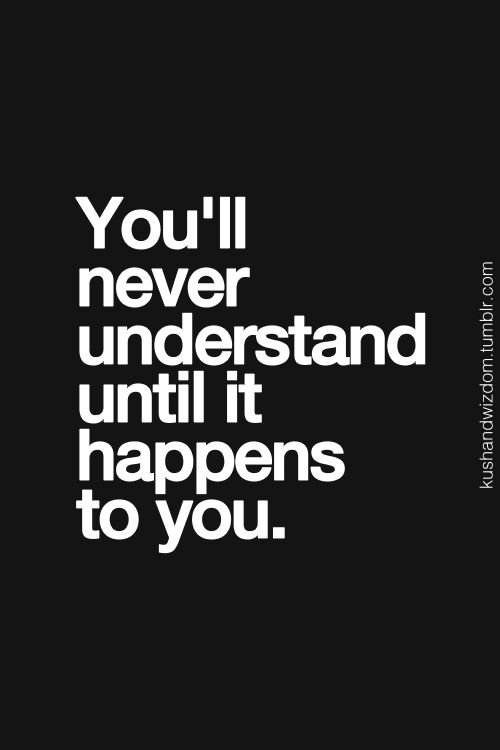Have You Thought About How Did You Solve Problems?

Thinking is a cognitive process that we usually only become fully aware of when we use it to solve problems. However, our brain thinks all the time, even if we are not currently aware of any problem. Thinking is basically nothing other than processing information, establishing order and gaining new information from it. It takes place with every perception and also with every movement that we make and with every word we say.
Since thinking is usually an extremely fast process, psychologists have developed a wide variety of tasks to extremely challenge our thinking skills. Only in this way can thinking be practically examined.
How is a problem defined?
One assumes an initial state of objects, available information and situational conditions, which is to be changed into a desired target state. In order for the whole thing to become a problem, obstacles must be added that are responsible for the problem-solving being not immediately obvious.In real life, some problems are easier to deal with, others more difficult. In psychological research, a distinction is therefore made between simple and complex problem solving. Often, however, even the so-called simple problems are quite difficult to deal with.

Characteristics of simple problems
- number of variables is significantly lower
- no or only simple relationships between
- problem is transparent
- it has no momentum of its own
Simple problems can be solved in two ways. Firstly, through the correct application of already known solution strategies, through reproductive thinking. This is the case, for example, with school assignments that can be worked on immediately once you have overcome the obstacles that made problem solving difficult. Second, productive thinking can solve problems. In this case, we do not have any solution strategies that we could reproductively access, and we have to tread new, previously unknown paths in order to achieve the desired target states despite all obstacles.Steps to systematically solve problems
Describe your problem
Think about answers to the following questions.
What exactly is burdening you or preventing your success?
Who is involved?
What exactly is happening?
What are the consequences of the situation for you?
How did it come about?
What do you want to achieve?
Who could help you achieve this?
If the problem is too complex, split it up. Then analyze the sub-problems one after the other. This makes it much easier for you to tackle complex problems.

Collect ideas for solutions.
Collect all the ideas for action that come to mind. What could you do to change the situation and overcome the obstacle? Let your imagination run wild. Friends or colleagues who are similar to you can also take part. Let your ideas inspire you. Refrain from criticizing your own ideas or those of others. Then you can think of a lot more. The focus is on the topic at hand. Keywords and ideas are arranged in a circle around it and linked to the main topic. After that, more and more associations and sub-items can be added. The further you get away from the main topic, the more unusual the connections may become - but the more exciting they also become and they can lead you to solutions that would never have been possible before.
Evaluate the ideas
Only now do you take a critical look at your ideas. What are the short-term and long-term consequences for yourself and for the others involved? Check the pros and cons and choose the most viable strategy.Make a plan
Plan how you want to implement your idea. When, where and how do you want your solution to become a reality? Do this in a systematic manner and consider whether your steps are realistic.Implement your plan
Now make your plan a reality. It is best to try it out in a simple situation first. Take your time and reward yourself for small successes.Check your success
After a while, check whether your plan has worked. If not, try the problem-solving method again. Sometimes work colleagues or friends also help develop new ideas and perspectives.The Headstand Technique
Have you ever noticed how much easier it is to name negative things than to find constructive solutions to a grievance? The so-called headstand method, also known as the flip-flop method or reversal technique, makes use of this phenomenon. She just turns the problem around and asks: What would I have to do to make it much worse than it is now? The actual solutions are only developed in the second step.Let's say you were dissatisfied with doing most of the housework almost every day. Your children and your partner, however, will let you serve them.
With the headstand technique, you do not ask: "How do I manage that the housework is distributed fairly among everyone?", But rather: "What do I have to do so that I do all the housework as much as possible and the others nothing?"
You will probably come up with solutions like: Do everything without asking. Plan more time for housework. Forbid others to do housework. Lock away all cleaning supplies, brooms and vacuum cleaners. Tidy up all rooms several times a day. Under no circumstances ask the others to take on a task.

Turn the ideas you have just worked out into their opposite. In this way you can come up with solutions that can actually help you. Only do chores when someone asks you to. Allow a maximum of one hour per day for housework. Show the children how to use abrasives, sponges and vacuum cleaners. Just tidy up your own room. Make an appointment with your children and your partner about who does what and how often.
Your post has been curated by us! Received 20.00% upvote from @opb. Do consider delegate to us to help support our project.
Do join our discord channel to give us feedback, https://discord.gg/bwb2ENt
* This bot is upvoting based on the criteria : 1. Not plagiarised, 2. Persistent previous quality posts, 3. Active engagement with other usersDo upvote this commment if you 💚 our service :)